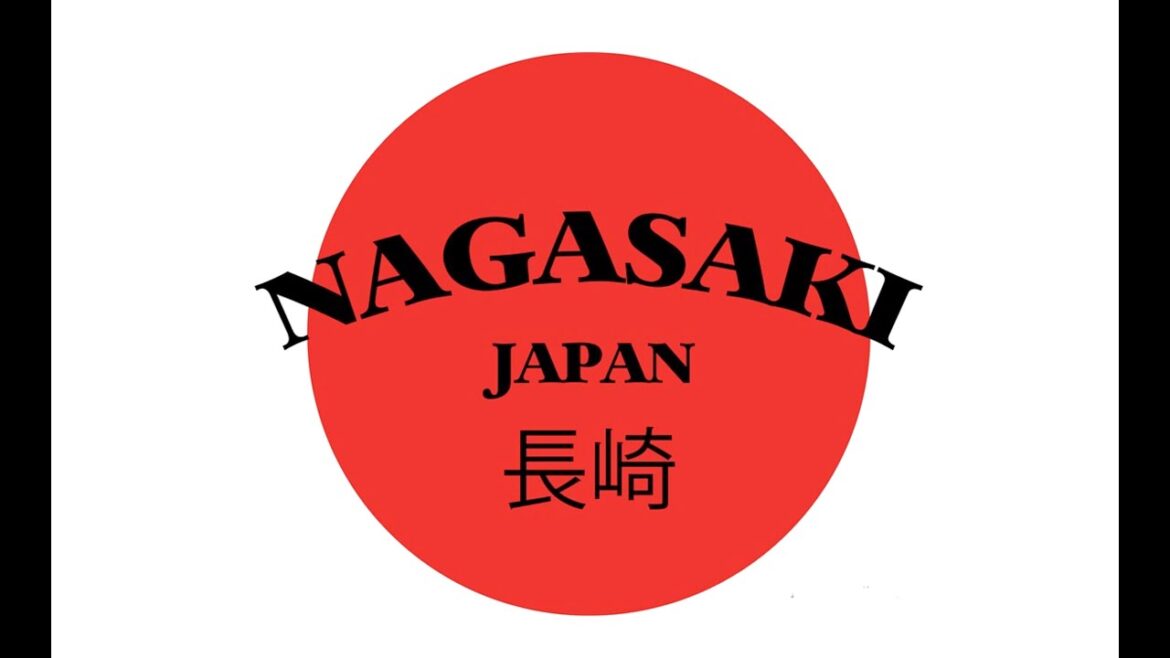Nagasaki: A Day of Reflection
[Music] We arrived in Nagasaki wondering when we would see the first visible signs of the atomic bomb’s devastation. We really didn’t know what to expect. We felt a small relief as we saw people going about their lives on a spring day. As Americans, we knew this day of our journey would be a day of reflection. [Music] [Music] We met our guide and boarded the bus for our excursion. ion to Nagasaki’s Peace Park and the atomic bomb museum. [Music] The Children of Earth statue is located outside the Nagasaki Peace Museum. It serves as a symbol of hope and peace, representing the joy of youth and the wish for a peaceful future. Our guide explained that the residents of Nagasaki consider it their duty to make sure that the horrors which they experienced due to the atomic bombing are never repeated. We were comforted to feel this in her gentle, caring way. [Music] The Nagasaki Atomic Bomb Museum is designed with a ramp leading downward for a very deliberate symbolic reason. [Music] As you descend the ramp, you are meant to feel like you’re traveling back into time, moving downward to the moment of destruction on August 9th, 1945 at 11:02 a.m. The museum was designed so that the audience would be able to experience the effect that the weapon had on Nagasaki as well as the lasting effects of the atomic bomb on the world. We walked through the timeline of events that occurred prior to the bomb being dropped on Nagasaki while we wrestled with the issues related to war and nuclear proliferation. The museum does an outstanding job presenting facts on nuclear weapons alongside the realities related to victims of the atomic bombing. The museum’s message is a call for peace and an end to the nuclear age. [Music] [Music] to exit. At the museum, you ascend the ramp, symbolically returning to life, carrying a message of peace. The focal point of the Nagasaki Peace Park is the massive Nagasaki Peace Statue. The statue symbolizes universal prayer for world peace and is a memorial for the atomic bombing victims. This is a rep. Our guide explained the symbolic importance of the enormous statue designed by sculptor Sibo Katamora. Each aspect of it holds symbolic importance. The right hand pointing to the sky reminds us of the danger of nuclear weapons, while the extended left hand symbolizes eternal peace. The statue’s face also embodies peace while its closed eyes represent a prayer for a pose of the victim’s souls. His folded right leg is in meditation while the extended left leg is rooted to the ground asking us to stand up and help the world. His posture is modeled after serene Buddha statues. Our guide shared a deeply personal story with us. She reminded us that the intended target on August 9th, 1945 was actually the city of Kakura, not Nagasaki. The US bomber B-29 Boxcar carried the second atomic bomb named Fat Man and its primary mission was to drop on Kakora a major military industrial center. It had a large arsenal and weapons factories. After making several passes and running low on fuel, the pilot and crew made the decision to turn to the secondary target. Nagasaki. Our guide’s grandmother lived in Kakura. If the mission hit the intended target, she would not have been born. Our guide and survivors of the bombing have devoted much of their lives to telling their stories, warning future generations. Their plea is clear. Peace does not happen automatically. [Music] Connected to Nagasaki Peace Park by way of a walkway and a stairway is Ground Zero Park, officially called Hypocenter Park. We were surprised by the simplicity of this solemn place. At its center is a humble black stone monument marking the exact spot where the atomic bomb exploded on August 9th, 1945 at 11:02 a.m. about 500 m above the ground. We stood there for a long moment, lost in thought, then returned to the peace park to view the dozens of beautiful peace memorials donated from countries around the world. [Music] Mother heat. Heat. Heat. [Music] Our visit to Nagasaki today confirmed that forgiveness is possible even after unthinkable suffering. One of the most remarkable things is that Nagasaki and the people of Japan did not become a city and country of hatred. The people of Nagasaki and Japan rebuilt their lives with dignity and chose reconciliation over revenge. That capacity for forgiveness is one of Nagasaki’s and Japan’s greatest lessons offered to humanity. [Music] Oh, [Music] [Music] [Music] Oh, [Music] [Music]
Our Visit to Nagasaki: A Day of Reflection


1 Comment
Thank you so much for sharing your trip. We visited Japan on Viking in 2023, and have booked another with Celebrity in 2027, so loving to reminisce as well as anticipate our next Asian adventure.